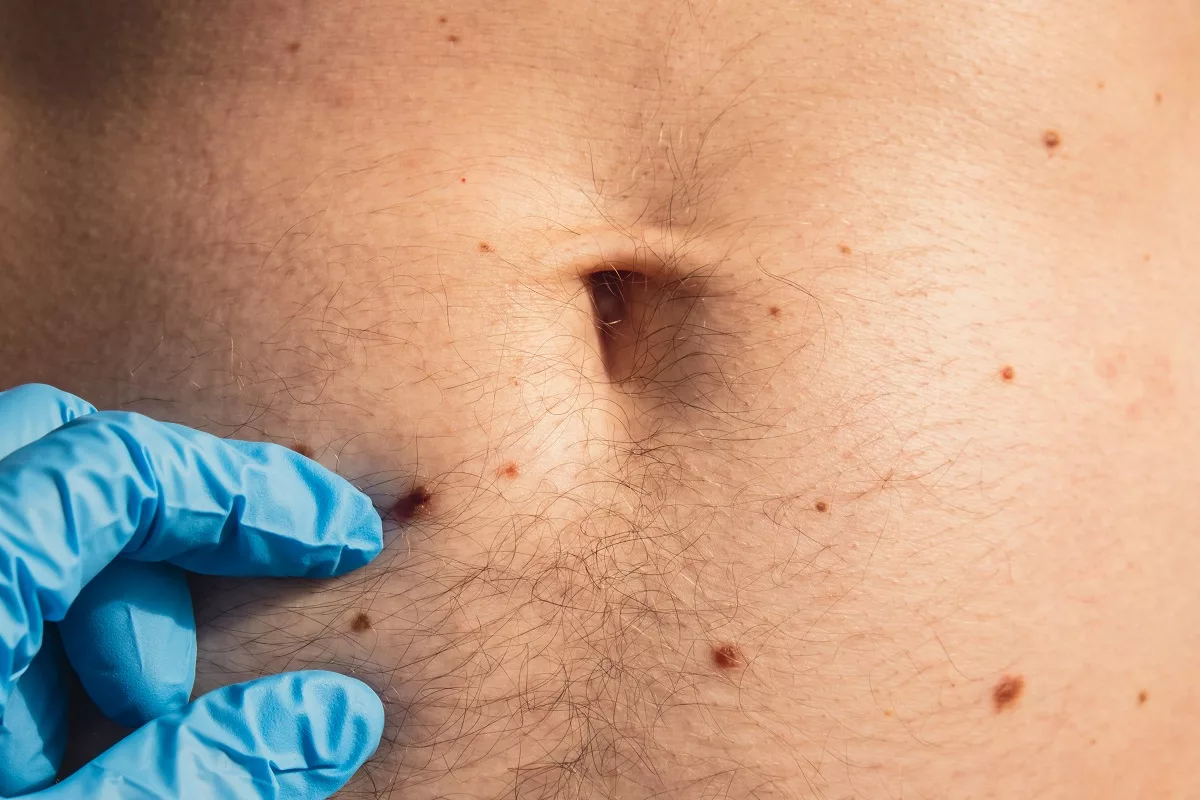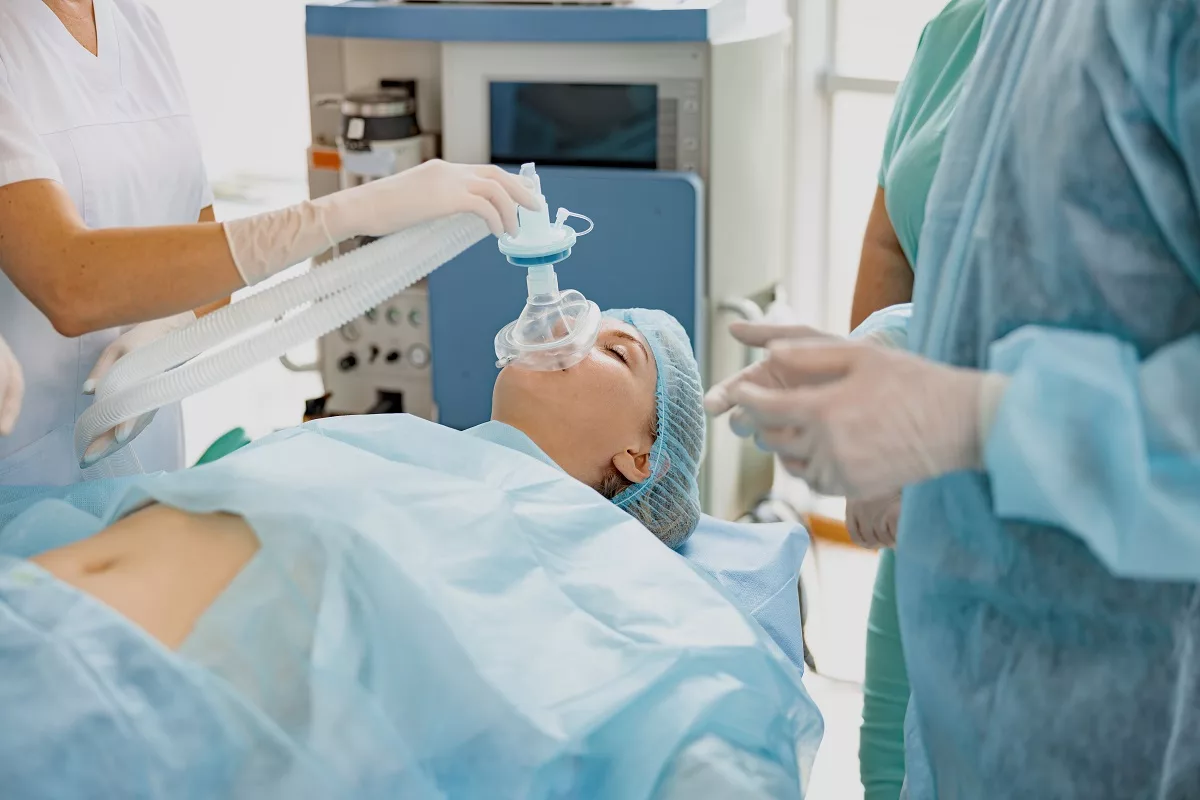A type of tumor that develops on or in the pancreas is called a pancreatic cyst. Usually, the cyst has liquid inside it with an outer skin, and it accounts for less than 1% of pancreatic cysts that may become cancerous. However, physicians often recommend checking them regularly just in case.
Sometimes, cysts that develop on the pancreas may indicate inflammation (pancreatitis), but most of them appear without a known reason. While most of them do not cause problems, rarely, a neoplastic type of cyst may become cancerous (pancreatic cancer). The risk of developing this type of cancer significantly increases if you have a family history of the disease.
Healthcare professionals may accidentally find a pancreatic cyst on an imaging scan. When it occurs, they will classify the cyst as low, medium, or high risk based on the images and symptoms you experience. If the cyst is low risk, you do not have to worry about it, but in medium and high-risk cases, you should get treatment.
While in most cases, pancreatic cysts do not cause symptoms and do not need treatment, if they turn into medium or high-risk cysts, you may need more tests (such as biopsy) to learn about them.
How Common are Pancreatic Cysts?
According to some studies, about 10% of CT (computed tomography) and MRI (magnetic resonance imaging) scans detect pancreatic cysts. However, less than 1% of them turn into cancer. Generally, approximately 30% of all pancreatic cysts may become cancerous. That’s why doctors recommend regular screenings to monitor the cyst.
Types of Pancreatic Cysts
Physicians have categorized pancreatic cysts into 2 groups: neoplastic (precancerous) cysts, also known as pancreatic cystic neoplasms (PCN), and non-neoplastic (benign) cysts.
Neoplastic Cysts
- Intraductal papillary mucinous neoplasms – These are one of the most common types of neoplastic cysts. It often grows on the pancreatic duct, and its fluid consists of pancreatic juices and mucin (a component in mucus).
- Mucinous cystic neoplasms – This subtype appears less commonly and mostly affects women over 50 years old. In most cases, these cysts grow on the pancreas body.
- Solid pseudopapillary neoplasms – These cysts appear very rarely and contain both solid and liquid parts. Usually, they negatively affect females in their 20s and 30s.
- Cystic pancreatic neuroendocrine tumors – Sometimes, these tumors are called islet cell tumors. They occur very rarely and are usually solid tumors that look similar to cysts.
Non-neoplastic Cysts
- Simple cysts (also known as retention cysts) – This subtype of pancreatic cysts often grows within the pancreas apart from the pancreatic duct. It often affects children, and cysts are lined with a single layer of epithelial cells.
- Serous cystadenomas – These cysts are one of the most common non-neoplastic cysts, but if they grow too large, you may experience some complications. Doctors often recommend surgery to remove the cyst when it becomes too large.
- Mucinous non-neoplastic cysts – These noncancerous (benign) cysts can be examined by doctors to distinguish from neoplastic types.
- Lymphoepithelial cysts – This subtype of non-neoplastic cysts often occurs very rarely and mostly affects men.
In addition, there are also pancreatic pseudocysts. These are certain pockets of fluid that are mistaken for cysts. Moreover, pseudocysts are non-cancerous (benign).
Symptoms
In most cases, pancreatic cysts do not cause any symptoms. Usually, symptoms may appear when a cyst becomes too large and puts pressure on nearby tissues. Check below some symptoms that people with pancreatic cysts may experience:
- Abdominal (belly) pain
- Appetite changes
- Back pain
- Unusual weight loss
- Bloating
- Indigestion
- Nausea
- Yellowing of the eyes and skin (jaundice)
- Steatorrhea (light-colored and greasy stools)
- A lump in the belly
Contact your healthcare professional right away if any of the previous symptoms occur.
Causes and Risk Factors
The cysts that develop on or in the pancreas are abnormal growths that may indicate a genetic mutation. Nowadays, researchers do not fully understand why these cysts begin to develop. However, they think there is a combination of factors, including hereditary conditions, environmental factors, aging, and others. Check below some hereditary syndromes often associated with pancreatic cysts:
- Von Hippel-Lindau disease
- Polycystic kidney disease
- Cystic fibrosis
While anyone may develop pancreatic cysts, some people are more likely to have them. Check below some factors that could increase your risk of developing them:
- Aging – The risk of pancreatic cysts increases with aging. About 25% of people over 70 years old have pancreatic cysts.
- Pancreatitis – Several types of pancreatic cysts may develop along with pancreatitis.
- A family history – If you have a parent or sibling with pancreatic cysts, your risk of developing them significantly increases, especially if you have a hereditary syndrome.
What Are The Possible Complications of the Pancreatic Cysts?
In general, pancreatic cysts as well as treatments used to treat them may cause some complications. The following complications often occur rarely. Check below some examples:
- Pancreatic duct obstruction – Some mucinous neoplasms may secrete mucin into the pancreatic duct, which eventually clogs it. Moreover, it prevents the pancreatic enzymes from passing to the small intestine. Instead, these enzymes back up in the pancreas, which may cause irritation and eventually pancreatitis.
- Bile duct obstruction – In such cases, a large cyst compresses the bile duct and bile cannot flow through it (also called cholestasis). Therefore, the bile that flows backward causes irritation of the bile ducts and organs that are connected to them. In some cases, the bile may begin to leak into the bloodstream.
- Gastrointestinal obstruction – This complication occurs when a large cyst puts pressure on the stomach or intestines. As a result, it may lead to multiple gastrointestinal (GI) symptoms, including stomach pain, bloating, cramping, and appetite changes. In severe cases, the food cannot pass through the GI tract.
- Pancreatic cancer – A few subtypes of pancreatic cysts may turn into cancer. Most of them are adenocarcinoma. Furthermore, pancreatic cancer tends to spread to nearby tissues (including blood vessels, lymph nodes, or organs). Generally, the only way to prevent metastatic pancreatic cancer is early diagnosis and proper treatment.
- Diabetes
- Exocrine pancreatic insufficiency
- Fat malabsorption
- Compromised immunity
- Bleeding
- Infections
- Blood clots
- Anastomotic leak
This article does not contain a full list of complications. However, you can consult with your healthcare professional about ways to reduce the risk or prevent previous complications.
Diagnosis
Commonly, to diagnose a pancreatic cyst, doctors perform the following tests and procedures. For example:
- Radiology – This procedure involves high-quality imaging (such as a CT or MRI scan) to identify pancreatic cysts. While some cysts can be easily identified, some of them require further testing (such as biopsy) for cancerous cells.
- EU-FNA (endoscopic ultrasound/Fine needle aspiration) – EU allows the doctors to access the pancreatic cyst using a small endoscope guided by ultrasound. Thereafter, physicians will use a small needle to get a sample of fluid from the cyst for testing.
- Fluid analysis – Doctors often perform a cytology to analyze the fluid taken from the cyst. To check for cancerous cells, they may perform tests to identify carcinoembryonic antigen (CEA). This is a blood protein that may help predict cancer.
Treatment
In most cases, pancreatic cysts are treated with surveillance, but when they become too large, people often need surgery to remove them. Check below some procedures often used to remove pancreatic cysts:
- Enucleation – This procedure often removes the cyst without surrounding tissue. It is often recommended when the cyst is small and does not cause symptoms.
- Partial pancreatectomy – During this procedure, surgeons will remove the part of the pancreas that contains one or multiple cysts. Sometimes, this procedure involves the removal of the spleen (splenectomy).
- Whipple procedure – Physicians often recommend this treatment when mucinous neoplasms grow on the head of the pancreas and pancreatic ducts. Moreover, surgeons may also remove the duodenum, bile duct, and gallbladder because cancer may affect any of the previous parts.
- Total pancreatectomy – During this treatment, surgeons will remove the pancreas completely and some healthy tissue around it. This procedure is often required when cancerous cells extend throughout the pancreas.
Frequently Asked Questions
How serious is a pancreatic cyst?
According to some data, pancreatic cysts usually do not cause serious health problems or symptoms. However, you may need regular checkups to make sure these cysts do not turn into cancer.
What is the life expectancy after treatment for a pancreatic cyst?
In most cases, pancreatic cysts do not affect lifespan, but if you develop a cyst that turns into cancer, the 5-year survival rate is about 70% if you get treatment. Generally, the pancreatic surgery has 4% mortality rate.
What foods should you avoid with a pancreatic cyst?
These include:
- Cinnamon rolls, pies, cakes, cookies, and other pastries
- Prepared snack foods (including potato chips, nuts, and granola bars)
- Chocolate, whole milk, ice cream, processed cheese, and egg yolks
- Buttered foods
- Sausage, salami, and bacon
This document does not contain all possible foods that should be avoided by people with pancreatic cysts. Discuss it with your healthcare provider for more details.




